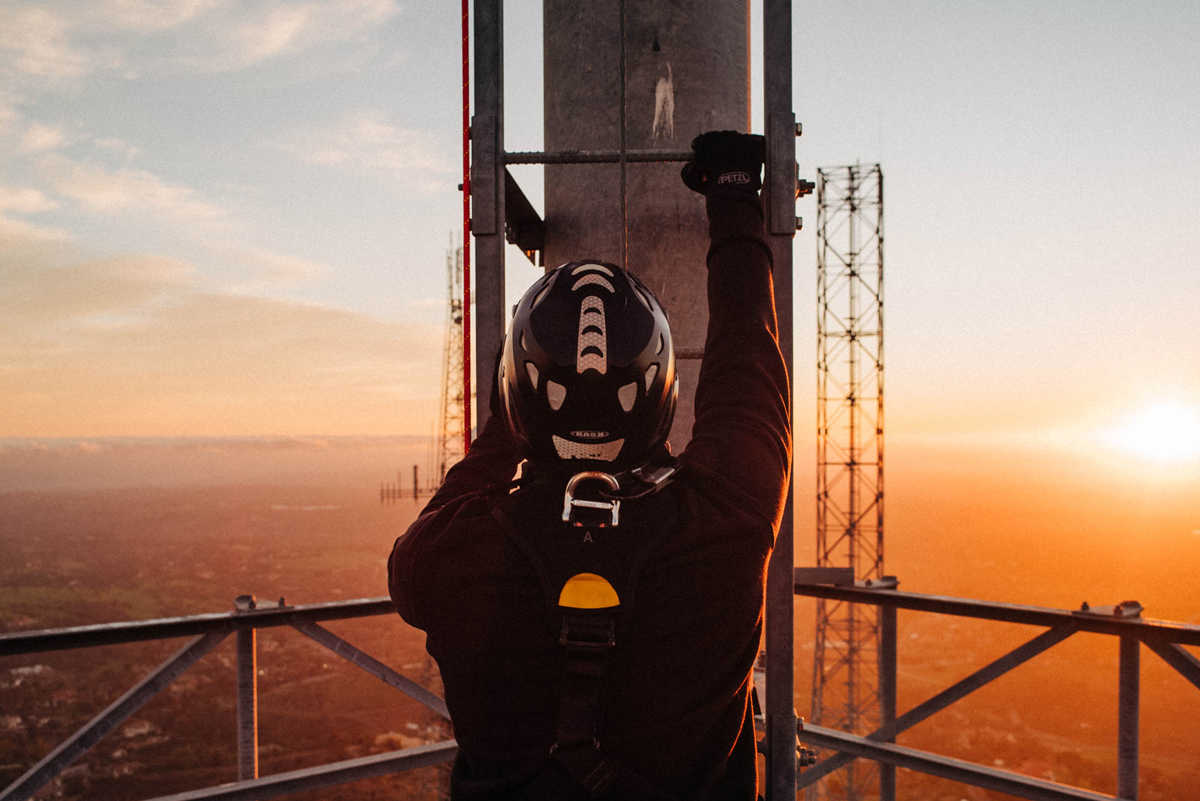Your cart is currently empty!
How Do You Rescue?

Whenever a worker is using a personal fall arrest system, an employer must plan for rescue. It’s possible and predictable that a worker may be suspended from the fall arrest system unable to get back on the structure that they fell from or climb down to safety. OSHA and all occupational safety agencies require that employers plan for rescue events and have the equipment, people, and training in place in case the rescue of a suspended worker is necessary.
The word “rescue” can be intimidating for many employers because it conjures up images of firetrucks, ambulances, and equipment that may be foreign to them. As employers take steps to determine what equipment, rescue methods, and training is necessary, the issue gets even more intimidating. A quick online search for rescue training demonstrates the variety and range of “rescue training” options available.
Gravitec Systems has a different philosophy in regards to how to conduct rescues in the workplace. The most popular rescue philosophy is to equip a team or group of people with a toolbox of equipment from which they create rescue systems when responding to a rescue event. This philosophy is practiced by fire departments, backcountry rescue groups and during “response” type rescues. The person or group responds to the rescue event, determines how to conduct the rescue, then goes to the toolbox and gathers all the equipment necessary to conduct the rescue. This philosophy has been used for decades and is very versatile. Unfortunately, this method can require significant time in training to retain the necessary skills to use everything in the toolbox and create systems at the time of response (tying knots, pulley systems, lifting and lowering systems, etc.). Although very versatile, this “response” philosophy often cannot be executed by employers due to the manpower, time, money and people required to dedicate to training.
Gravitec Systems employs a “plan for” rather than the “respond to” philosophy whenever possible. Since employers know where the worker will be, how they got there, what equipment is being used and where co-workers are located, rescues can be planned for and significantly reduce the amount of equipment, skill and time needed. When suspended from a fall arrest system, the worker already has a harness on, has an overhead anchorage and has made a path of access above the rescue area. Having these factors determined ahead of time allows employers to pre-plan equipment and procedures to effectively rescue a fallen or suspended worker. Being able to pre-plan rescue events is the key difference between “workplace” rescues and those conducted by professional services.
Workplace rescues are usually very simple and only require basic skills. Equipment is purchased that does not require intensive skill and only requires basic skill to lift, disconnect and lower a fallen worker to safety. Employers are usually further ahead of purchasing commercially available rescue systems at a higher cost than training workers how to use everything in the toolbox. For example, a 100’, pre-made, block and tackle system can be purchased for $1,800 and with a day’s worth of training workers can learn how to use it to rescue suspended workers. The toolbox parts for this type of system can be purchased for $600, but workers must now learn how to tie the necessary knots and thread the ropes through the pulleys to achieve the same result (and retain this skill over time). Although filling a toolbox with equipment may have a lower capital cost, it has been Gravitec’s experience that it is more effective for employers to have “specialized equipment and basic skills” than “basic equipment with a specialized skill.”
Gravitec Systems Inc. has a new course titled WORKPLACE RESCUE. This course is an extension of tower, competent, trainer and wind courses that Gravitec already offers. It is designed for people who have already taken some level of fall protection before and want to expand their rescue knowledge and ability for their employer. At the conclusion of this course, students will be able to create rescue systems and plans according to the fall protection equipment in use. The hierarchy of rescue is employed, and students can have the skill and knowledge to determine what equipment and rescue method applies to their specific work.
Call one of our training advisors at 800.755.8455 to learn more!